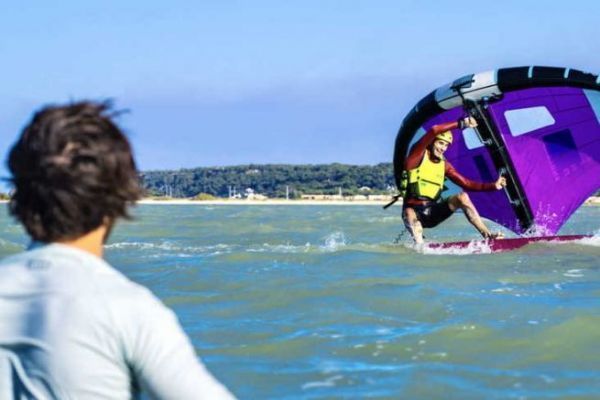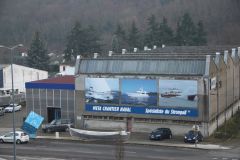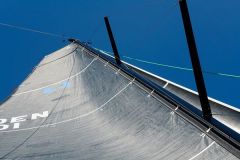The Côte du Midi as a laboratory for measuring the impact of water sports
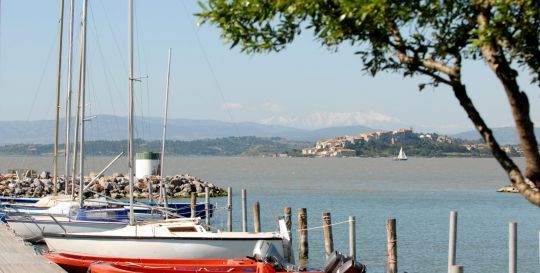
Over the course of a year, the Côte du Midi Tourist Office carried out an in-depth field survey on water sports, gathering over 4,500 responses. Targeting an area stretching from Leucate to Saint-Pierre-la-Mer, the survey explored all water sports disciplines, spread over 50 hectares of beaches. The initiative provides new insights into the sector along the Aude department's coastline.
Economic impact estimated at 101 million euros
The results reveal direct sales generated by nautical tourism of 17 million euros per year. This figure rises to 101 million euros if we include indirect spin-offs from accommodation, catering and related services. The region boasts 145 active structures (companies and clubs), organizing over 50,000 annual sessions across all disciplines.
In terms of employment, the sector represents 300 permanent positions, supplemented each season by around 824 seasonal jobs, confirming the structuring role of boating in the local economy.
The dominant weight of board sports
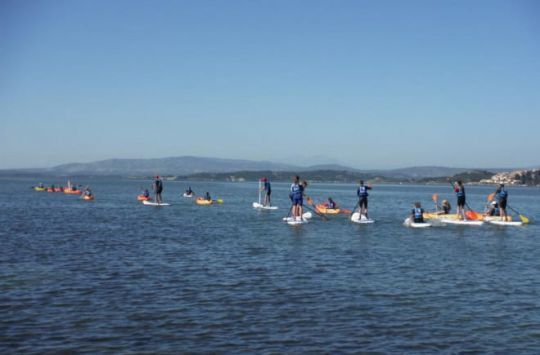
The âeuros kitesurf, windsurf and foil âeuros disciplines account for 67% of water sports tourism sales. Predominantly practiced by CSP+ customers (senior executives and managers), they represent a premium offer in line with a search for rejuvenation and proximity to natural elements. These customer profiles are also those who buy their equipment locally, thus supporting the local commercial sector.
Mixed and family-oriented
The study highlights the geographical diversity of visitors. While people from Toulouse are a regular customer base, people from Switzerland and Belgium move in from March onwards, often in camper vans or renting, and are active consumers in the area (eating out up to five times a week). Another noteworthy development is the growing membership of Côte du Midi clubs by locals, either for themselves or to enroll their children in courses during the school vacations.
Structuring supply and regional planning
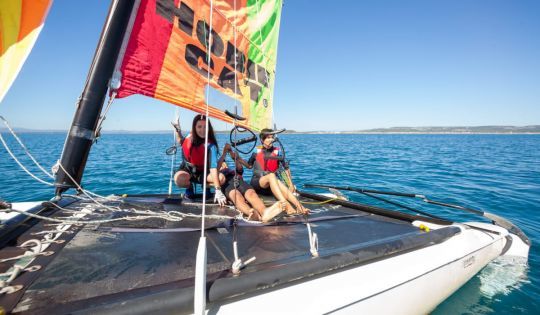
For local authorities and infrastructure managers, this data provides a lever for development. It enables them to prioritize investments, anticipate tourist flows, and adapt infrastructures (ramps, showers, parking lots, signage, reception areas). This structuring is also based on promoting the coastal identity, strongly marked by the sea and the wind, as evidenced by the recurrence of board sports.
With this unprecedented database, the Côte du Midi now has a reliable base from which to plan a tourism development strategy focused on water sports. The next step could be to measure changes in behavior in the face of climate change, site saturation and the need for eco-designed infrastructures. These are just some of the avenues to explore for the future of boating on this Mediterranean coastline.

